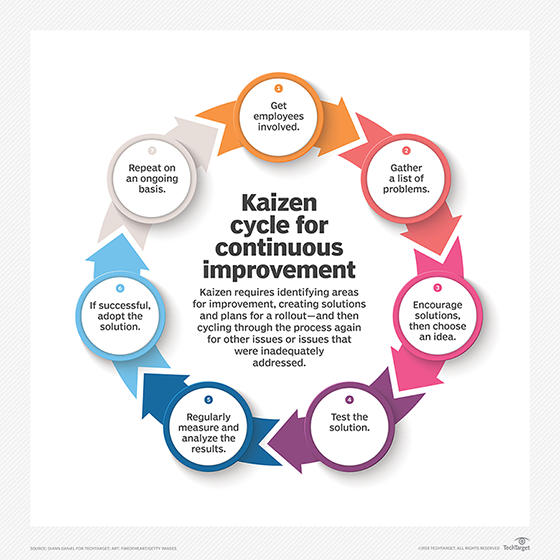Harrisburg Residents - Learn Lean Six Sigma’s History Here
Contact Us

Lean Six Sigma is not a methodology you should ignore, as its growth has been exponential over the past 12 years. A methodology is a powerful tool for finding and solving problems that can lead to company growth and improvement. This method can be applied to any project as long as you can utilize LSS principles properly as a well-trained and qualified practitioner. It can also benefit practitioners as they develop new skills and better themselves for future jobs and projects of their own. However, if you want to start in this methodology, you will need to learn more than just structures, which is why we at Lean Six Sigma Curriculum for Harrisburg High School Students of Pennsylvania start with a topic most people ignore: the LSS history.
Our goal is to give all information about this methodology so individuals, institutions, and companies can make informed decisions, and although history feels and seems irrelevant, it will help you understand lots about the methodology.
Lean 6 Sigma is not what many people believe. It originated in the USA and is a mixture of Japanese management principles, but what influences it the most are Six Sigma and Lean.
Kaizen, the Japanese influence in Lean Six Sigma, was instrumental in helping Japanese companies achieve new heights through improving processes and reducing waste. This made American companies fall behind in the 80s as their products couldn’t compete with Japanese companies.
Kaizen is unique because it emphasizes small, positive improvements and minimizes time spent on redundant tasks.
LSS was born in the late 80s out of Japanese industry competition for the exact reason you can expect based on the facts mentioned before.
To address the issues, they needed a method they could use to improve processes and ensure all problems were addressed.
How Did Lean Six Sigma Begin?
It is important to be able to distinguish between Six Sigma and Lean when studying LSS. It is wrong to assume that the main method we are dealing with is just a combination of the two.
Many companies achieved better results in their production phases back in the 40s thanks to Lean’s principles and structure.
Lean can be traced back to Toyota and how it was integrated into the Toyota Production System (TPS). John Krafcik, a former student of the founder of Toyota, was looking for a name to describe the TPS system.
On a whiteboard, he wrote down the differences between Toyota’s system and traditional mass production. He concluded that Toyota’s system required less of everything to create value, which is a part of the principles of Lean as it focused on reducing waste yet improving processes for better quality.
John ends his talk by mentioning Lean, which is a system that reduces waste and other non-value-added activities.
Six Sigma, an American-based methodology that dates back to the 1980s, will be next. It was founded by Motorola as the company couldn’t compete with foreign companies in its early days. Motorola’s CEO Bob Galvin set the goal of achieving tenfold growth in five years and utilized the methodology to achieve this goal.
The main objective was to encourage global cooperation and participative management, as well as quality improvement and global competition. Motorola adopted six Sigma quickly as the standard for all business processes since it has been shown to improve cycle times and produce better results.
Having 6 Sigma combined with Lean helps you focus on the problems and find solutions. LSS was created by combining the principles and focusing on the aspects of waste and the issues that should be addressed with their respective root causes.
LSS, however, offers more solutions to the gaps and all structures of both methodologies, so it’s safe to say that it’s not a simple combination.
How Can We Define LSS?
LSS is designed to increase productivity and efficiency and reduce waste.
It is great to understand the principles and solutions of Six Sigma, Kaizen, and Lean if you want to come up with an explanation and history of LSS.
Lean allows companies and employees to better understand their customers and prioritize their needs. They can also focus on the company’s value stream, processes, and procedures to achieve perfection.
Six Sigma is committed to excellence and a culture that encourages efficiency and clean operations by identifying problems and solving them.
Kaizen, is a five-part system that promotes customer satisfaction and teamwork, promotes self-discipline and morale improvement, as well as quality circles.

These methods are the foundation of LSS, but our main methodology is more based on the standards it has established over the years. With it, people can:
- Learn how to reduce waste.
- Increase efficiency.
- Reduce errors.
- Reduce risk.
- Improve your time management skills.
- Lower costs equal higher revenues and better wages.
- Motivate employees.
- Innovation and leadership are two fundamental concepts that can be established in a company or individual’s mind.
Lean Six Sigma Training in Pennsylvania
Lean Six Sigma Curriculum Pros of Harrisburg can help anyone who is interested in the industry. This methodology is well-known because of its history and operation. We can teach all levels of students how to incorporate LSS in their daily lives, not just college students.
Individuals, businesses, and schools are all welcome to establish a program.
We want you to be a valuable asset to every company and place where you work, as well as to be able to handle your personal projects. We are available to assist you, so don’t be afraid to contact us to receive more training and certification to add a new skill to your curriculum.

